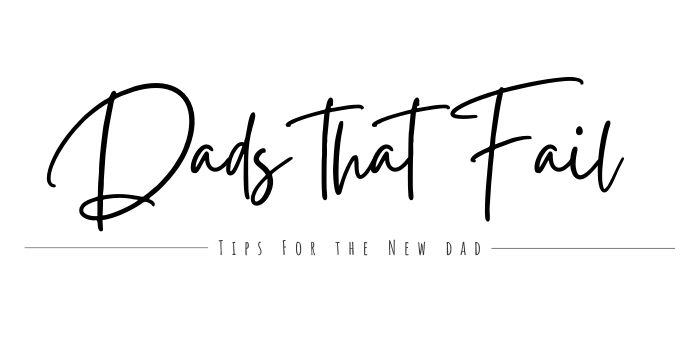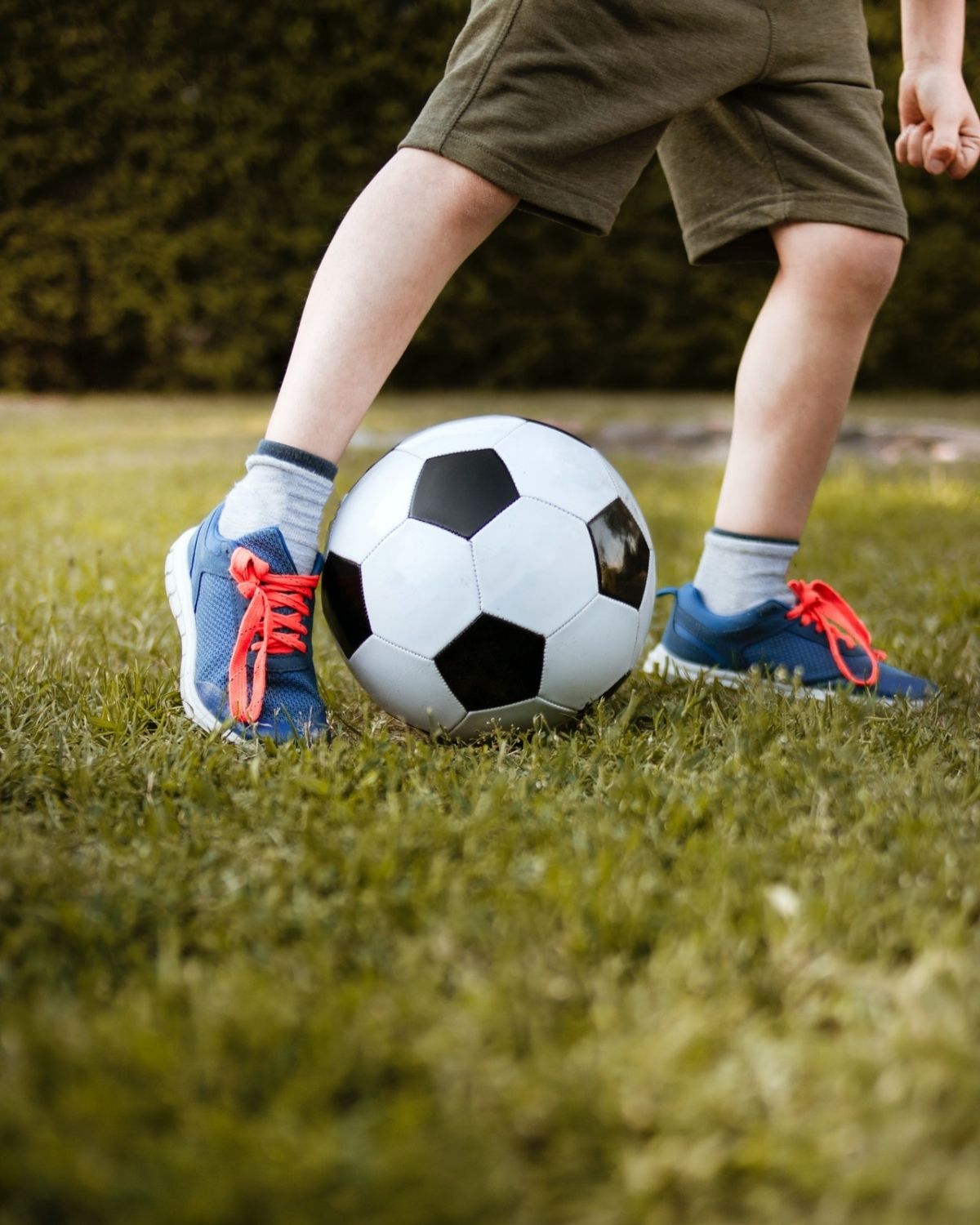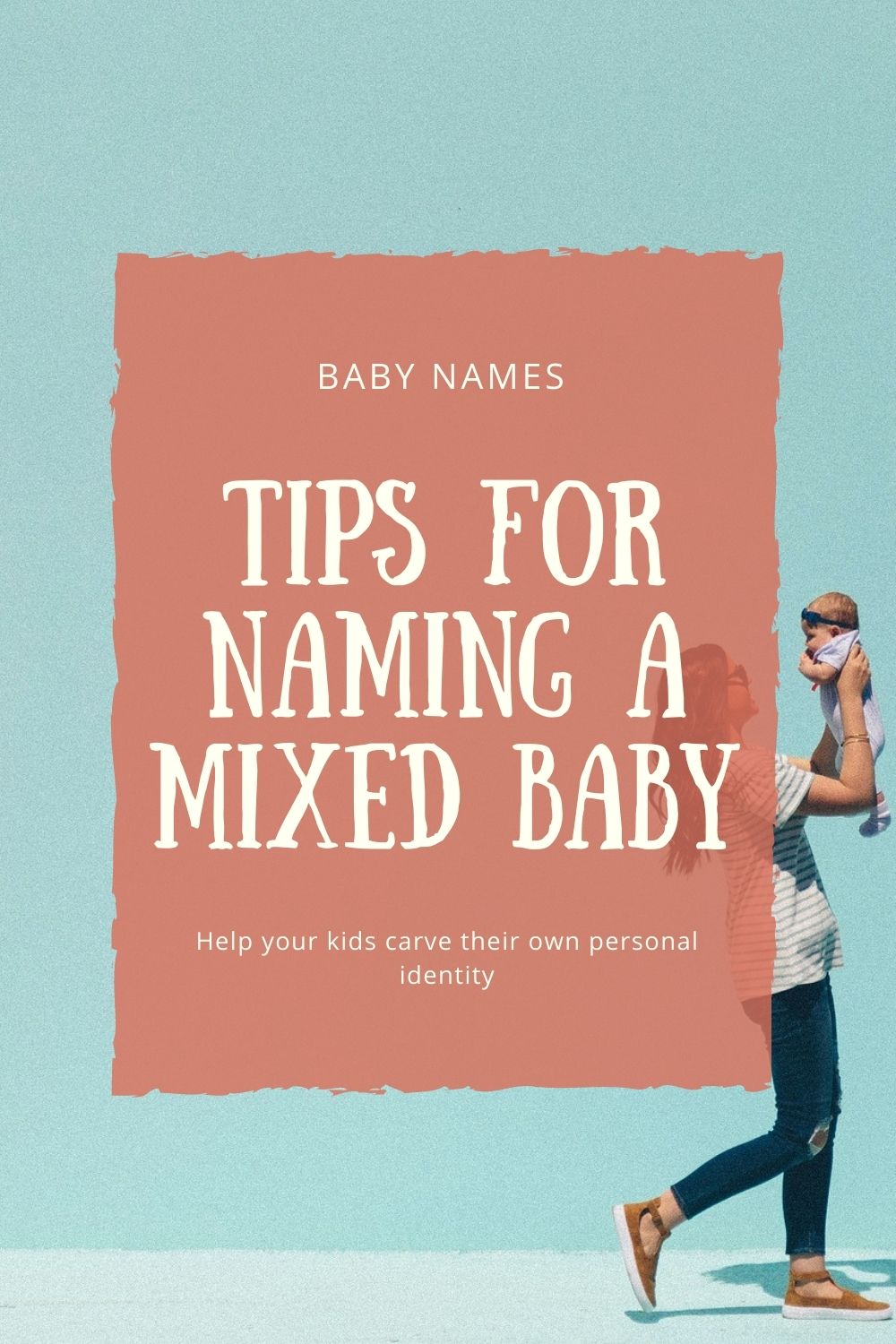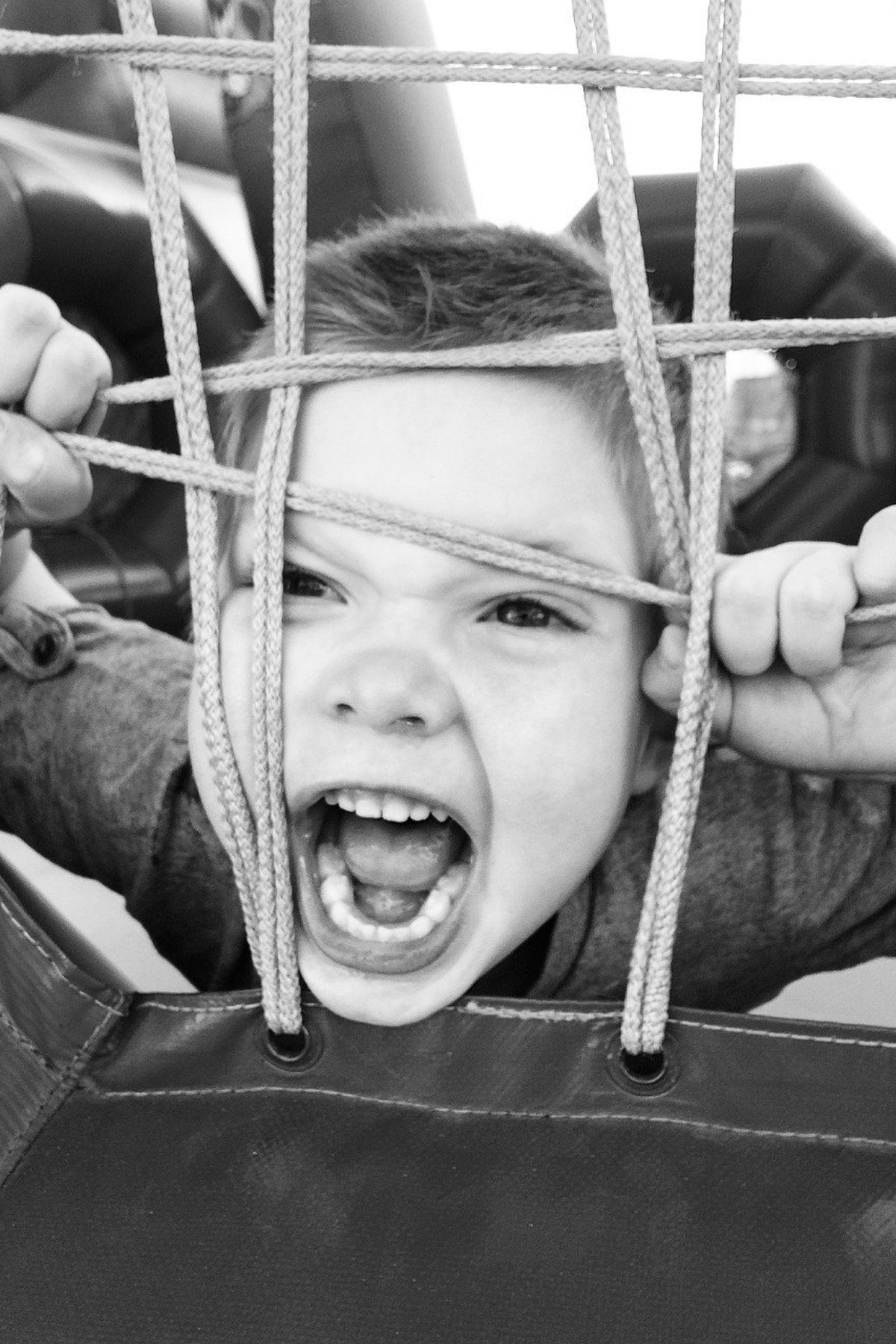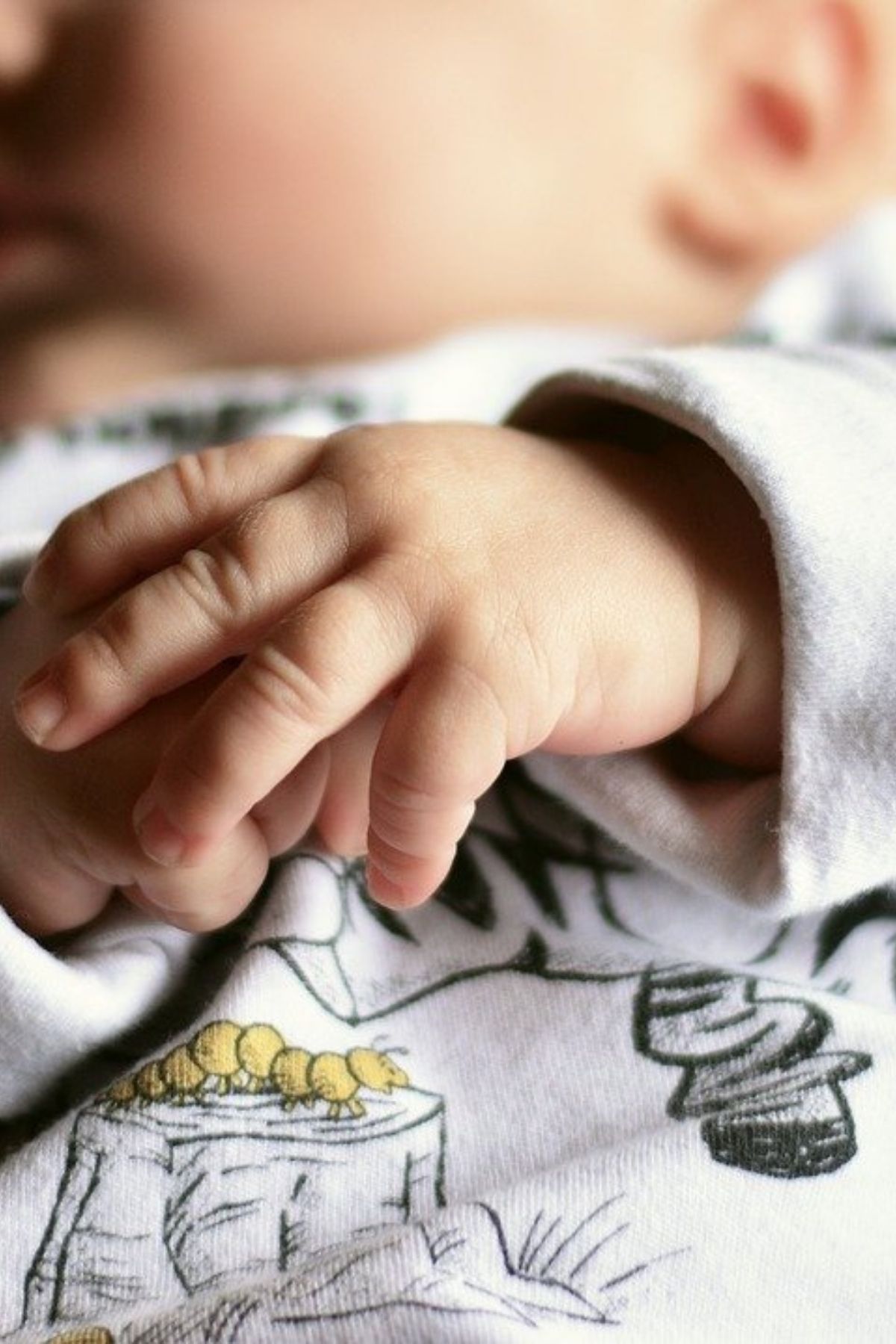A Dad’s Guide to 3 Day Potty Training
If you’re a single dad or are aiming to be the lead person on this momentous milestone, then my post about a Dad’s Guide to 3 Day Potty Training program is the correct spot to start.

Oh Crap! That was my exact reaction when I received a note from his daycare that his new class did not have any changing tables. This meant my diaper loving bundle of joy (with an occasional turd ball stuck in there) needed to be potty trained in a week.
Fortunately, this is possible but it requires some advance preparation and understanding that there will be minor setbacks.
What is 3 Day Potty Training
Let’s start with some fundamentals. In my opinion, the textbook version of the 3 day potty training can be quite hasty and demanding on a toddler especially if no advance preparation has been done.
Most parents tend to go ‘cold turkey’ by abruptly yanking diapers off at the start of the weekend and expect their toddlers to be fully potty trained by the end of a grueling two or three days.
The first thing you need to realize about potty training is that it is a process. You can experience great success with the 3 day potty training method but it requires some preparation and follow up for a few weeks after to form a habit.
Truth be told, I wasn’t an instant hit with the potty training method. I’m no expert in this process but can share what worked for me and my toddler when we went through this.
Related: Best Potty-Training Books for Parents
Establish Familiarity
The best thing you can do is to remove any stigma around needing to pee or poop. Show your toddler that needing to potty is a completely natural human process. Let your child follow you to the bathroom and show them what each item is used for.
My son started following my wife and I to the bathroom (sometimes unwittingly) when he was around 1.5 years old. We started by letting him flush and showing him how to tear a portion of the toilet paper. For many weeks, flushing was his contribution to the process.
I would also joyfully announce “Oh! Daddy has to sit on the potty” whenever I needed to visit the john. This proved to be really beneficial later on because the bathroom was a really familiar place for him when we were getting ready to jumpstart on his potty training. Moreover, he got in the habit of letting us know when he wanted to pee or poop as well.
It wasn’t uncommon for him to warn us by saying “Mama/Daddy…poopy coming”.
Letting parents know when they’re ready to visit the bathroom is a crucial step in testing readiness for potty training. I’ll admit this particular step took over a month for us. There are so many things a child is learning during that age and it’s best to ease them in at the beginning.
Get Gear Ready
Another obvious crucial step in potty training is getting the right gear for your toddler. If your situation allows it, purchase an age appropriate potty like the Baby Bjorn Potty.
I highly recommend Baby Bjorn Potties because the parts are washable and easy to assemble together. In addition, the potty is comfortable enough and easy to move around the house, all things to look for in a toddler potty.
You can try having them sit on the adult potty (facing forwards or backwards) but it might just lead to a lot of avoidable spills and cleaning later on.
Not to mention, you will need to have 100% supervision even after training to make sure your child doesn’t fall through the toilet seat.
Related: Best Potty Gear for Toddlers
Pimp The Ride
Admit it! You like piddling on the phone while pooping. So why shouldn’t your toddler have some fun things to do near their potty? You don’t have to jazz up the actual potty with some cool rally stripes or flame stickers.
What would really help is having books or toys nearby so they have some tactile things to fiddle with. My son would take a while to finish his potty especially if he was constipated. Hence it was quite helpful to have his books or even cartoons pulled up on the iPad while he worked on it.
Suit Up for the Event
A surefire way to get kids excited with potty training is to make it an event to look forward to. Try to take them on a shopping trip to buy underwear that has their favorite cartoon characters. Let your child choose which characters they want.
Since you will be going through a massive amount of them especially during the 3 day potty regimen, it is best to look for cheap underwear that can be purchased in bulk like a pack of 10 or so. It saves you from running the laundry everyday as well.
Related: Best Selling Underwear for Kids
Game Day Prep
Try to keep your toddler’s potty in an accessible area before you embark on the 3 day potty training. Remember, the key thing is easy accessibility – if your living room is the place where everyone hangs out most of the time, that’s where it needs to be. Not in the upstairs toilet or an obscure toilet in the basement.
Toddlers don’t have great potty control. When it is coming, it REALLY is coming. The sooner you can get them to a potty, the lesser cleaning you have to do later.
Also try getting you kid to wear their new underwear a few days before you actually start the potty-training weekend. The difference here is have them wear the underwear before the diaper. They will very quickly realize they don’t like the sensation of wet pee or poop and be ready for a better solution.
Tailgate The Shit Out
Remember those epic tailgate parties back when you were in college? They lasted all weekend even after the actual game was over. Adopt the same principle with the potty-training weekend.
As soon as your kid wakes up, give them fluids and guide them to the potty. See if they want to pee or poop, else just continue with other things in the house.
Keep them well hydrated and refrain from using diapers. Remind them with lots of positive reinforcement that its fine to have peed in their diapers.
Just like those tailgate parties, keep at the potty trips every 30 mins or so. Like I said, just be ready to tailgate the shit out (literally!)
Prepare Everyone
Don’t get frustrated if the original potty-training weekend did not work as expected. Try it a few times and your kid will eventually pick it up on their own.
It is also great to inform your daycare provider or nanny about training progress so that they can continue while you may not be around.
